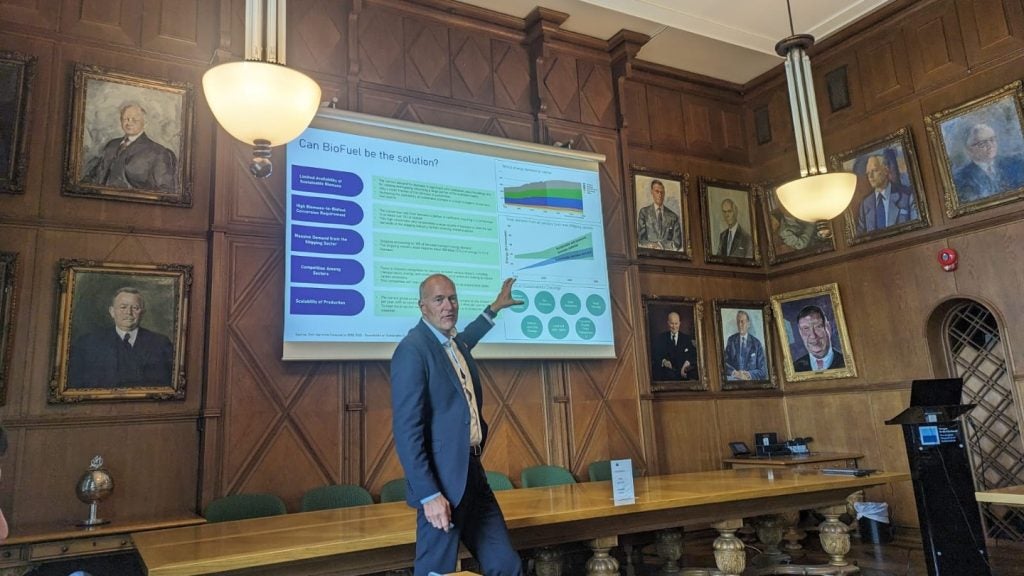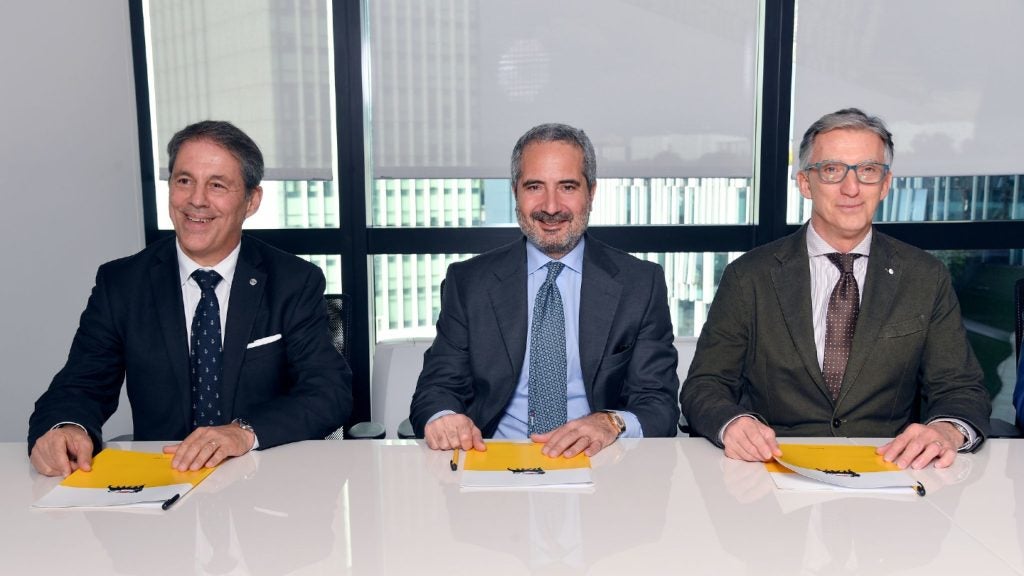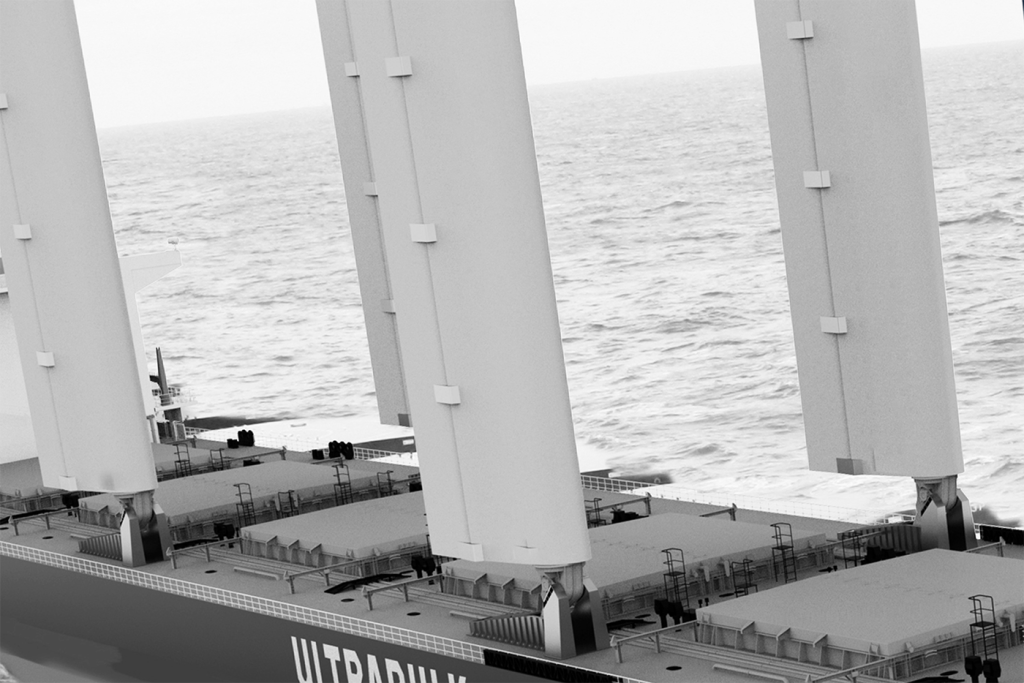
The effects of climate change have sparked urgent action in all sectors of the economy – including maritime. The shipping sector accounts for almost 3% of global greenhouse gas emissions (GHG) annually and as global trade flows increase to serve a growing world population, emissions could grow by 250% by 2050 if no action is taken. As a result, the International Maritime Organization (IMO) set a target to halve carbon emissions by 2050.
The war against climate change was amplified when Swedish climate activist Greta Thunberg kickstarted a global climate movement by initiating protests across the globe. At the World Economic Forum in Davos which took place in January 2020, she urged business and political leaders to “halt all investments in fossil fuel exploration and extraction,” “end all fossil fuel subsidies,” and “completely divest from fossil fuels”.
The threat is hardly limited only to shipping companies. The UK’s Ministry of Defence launched a report in November 2018 presenting the threats that climate change poses. It said that canals will be among those that will be hit the hardest as trade routes could be disrupted due to extreme weather. Floods, draughts and storms are likely to severely affect key trade routes, such as the Panama Canal, and impact the global market, it added.
Consequently, canal authorities are making sure that action is taken to mitigate these harmful effects of climate change. As the environmental problems facing some of the trade routes increase, here are the solutions that two of the world’s most important shipping canals are trying to implement.
Panama Canal committed to finding freshwater resources

For the last century, the Panama Canal – which transits around 14,000 vessels a year – has played a key role in world trade, enabling shippers to move more than 300 million tonnes of products per year between the Atlantic and Pacific oceans.
How well do you really know your competitors?
Access the most comprehensive Company Profiles on the market, powered by GlobalData. Save hours of research. Gain competitive edge.

Thank you!
Your download email will arrive shortly
Not ready to buy yet? Download a free sample
We are confident about the unique quality of our Company Profiles. However, we want you to make the most beneficial decision for your business, so we offer a free sample that you can download by submitting the below form
By GlobalDataBy reducing the distance ships need to travel to reach their destination, the canal helps to reduce fuel consumption and, in turn, GHG emissions. During its 105-year lifetime, it has helped prevent carbon emission of more than 800 million tonnes.
However, extreme weather events such as periods of flood and drought, threaten the consistent water supply that the 80km-long canal needs to operate.
According to the Panama Canal Authority (ACP), the rainfall deficit reached 27% in 2019 and the temperature of Gatun Lake, the main tributary of the Canal, increased by 1.5°C over the past decade, which caused significant loss of water by evaporation.
That has meant the canal only had three billion cubic meters of water instead of the 5.2 billion cubic meters needed for its normal operation, the ACP said in a statement.
Furthermore, the canal witnessed a $5bn expansion in 2016 which significantly increased its capacity allowing bigger ships to pass providing greater cargo carrying capacity and requiring less cargo movements, thereby reducing costs, fuel consumption and emissions. However, it put more pressure on water resources. Now, additional upgrades in the form of a third lake would be needed if it is to navigate the extreme weather that is expected as a result of climate change.
To remedy the situation, Panama is studying the possibility of finding other freshwater resources for the Canal, such as pumping or desalinating seawater, or building reservoirs, it said in a statement.
Measures to boost its sustainability also saw the canal imposing an extra surcharge on vessels which transit through its waters starting January 2020 therefore increasing the costs of shipping across gas and chemical tankers and dry bulk.
In addition, the canal has already enacted a scrubber wastewater ban, which will help conserve the watershed’s ecosystem, as well as the quality of freshwater reservoirs.
Suez Canal claims to reduce carbon emissions by 45%

The Suez Canal, which opened in 1869, connects the Red Sea with the eastern Mediterranean Sea and extends from Port Said to the Gulf of Suez, therefore enabling ships to sail directly between the Mediterranean and the Indian Ocean.
Over the years, invasive species have driven native marine life toward extinction and altered the Mediterranean ecosystem with potentially devastating consequences. The influx of these alien species has increased significantly since Egypt doubled the canal’s capacity in 2015 with the opening of the New Suez Canal.
Bella Galil of Tel Aviv University’s Steinhardt Museum of Natural History, told Associated Press in an interview that the continued widening and deepening of the canal created a “moving aquarium” of species that, if unchecked, could make coastal waters inhospitable for humans.
While Galil claims that rising water temperatures brought on by global warming and untreated ballast water discharged by cargo ships spurred the exotic arrivals, the Suez Canal Authority claimed that environmental concerns over its enlargement have been exaggerated.
Canal officials said they are closely monitoring species migration, imposing regulations on ships that carried invasive creatures and curtailing water contamination to restore the salinity in the lakes.
Furthermore, the canal authorities published a list of steps in 2019 that it aims to implement in the next few years to be line with the Intergovernmental Panel on Climate Change (IPCC) 1.5°C trajectory. For instance, it said it is committed to cut carbon emissions by 45% in the next decade.
It added it will also boost its efforts to save water “through the improved control of leaks and consumption, and to maximising the offer by increasing the available volumes of alternative water such as re-use of wastewater [and] desalination”.







